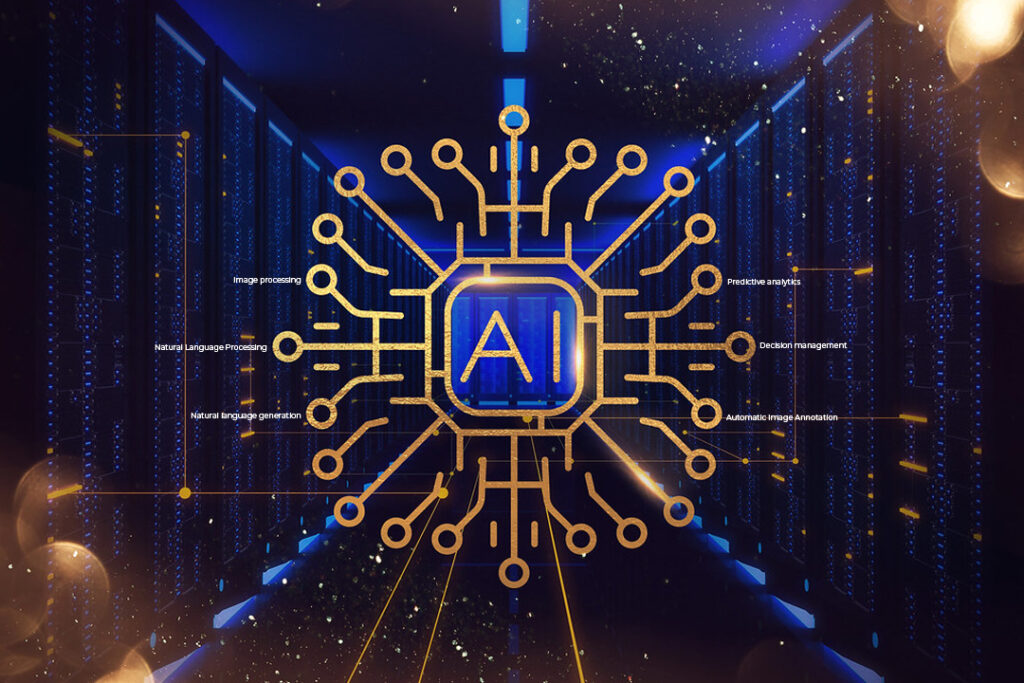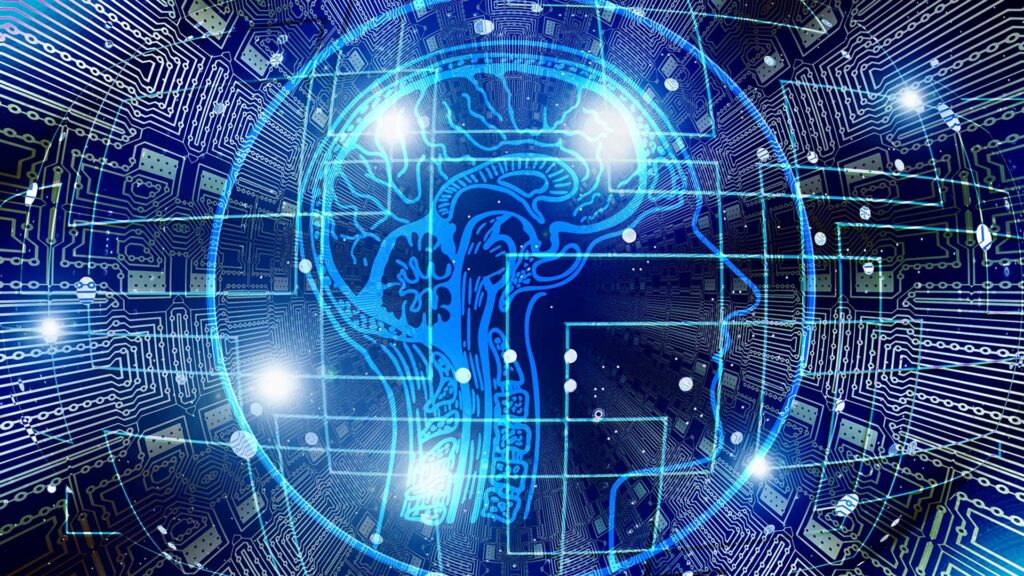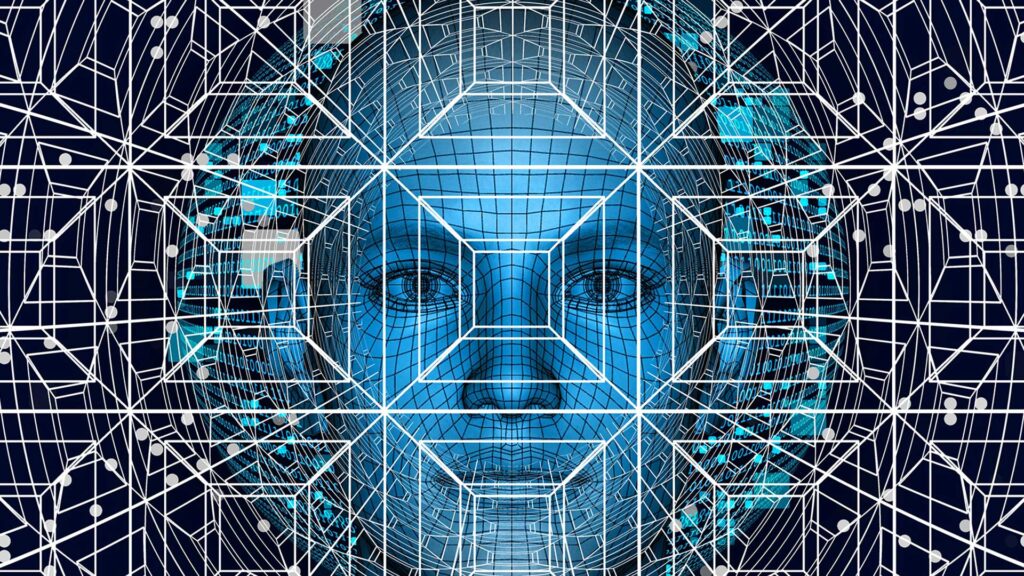
Artificial Intelligence (AI) is probably the most complex and notable creations of humanity. The idea has taken the world by storm and is a growing force in every industry. Intelligence is the cognitive ability of humans to learn, understand, and interact with one’s environment. Artificial Intelligence empowers the simulation of human-like intelligence in machines. So it uses computers to solve queries or make automated decisions. They expertise such abilities by learning from previous experiences and adjusting to new changes.
Nowadays, artificial intelligence is transforming the world to a different level. AIaaS or Artificial Intelligence as a Service is one such way it makes this possible. It enables individuals and companies to experiment with AI without large initial investments and risks. Such service providers enable an artificial intelligence platform for companies to experiment with their projects. Artificial intelligence offers several services in various fields. It handles operations efficiently and becomes technologically smarter by fueling its growth in every way. Some of the common artificial intelligence services include:
1. Image Processing

This is one of the most common artificial intelligence services in demand. Image processing is the process of manipulation or modification of a digitized image with the help of a computer. It is of great significance to automatically process these images. Analog image processing and digital image processing are the two types of image processing methods. Analog image processing is used for processing photographs, printouts, and other hard copies of images. While digital image processing are used for manipulating digital images with the help of computer algorithms.
Self-driving vehicles, medical visualization, bio metrics, gaming, surveillance, and law enforcement, etc use image processing.
Main purposes of image processing are:
- Visualization: Represent processed data in an understandable way.
- Image sharpening and restoration: Improves quality of the processed image.
- Image retrieval: Helps with image search.
- Object measurement: Allow to measure objects in an image.
- Pattern recognition: Help to classify objects in an image, identify their positions and understand the scene.
Image processing includes 8 key phases. Image acquisitions, image enhancement, image restoration, color image processing, image compression and decompression, morphological processing, image recognition, representation, and description. It is difficult to accomplish all these tasks manually. So here’s where artificial intelligence and machine learning (ML) algorithms become very helpful.
We can perform complex tasks like object detection, face recognition, and text recognition with the help of artificial intelligence. To get high-quality results, you need to choose the right tools and techniques. So you can use specific libraries and frameworks to make these methods easier.
Advancements in artificial intelligence and machine learning is one of the reasons for the dramatic progress in computer vision technology. Most efficient machine learning models for image processing use neural networks and deep learning. Deep learning uses neural networks for solving complex tasks, similar to the way the human brain solves them. Advancement in the implementation of artificial intelligence-based image processing is exciting. It opens a wide range of openings in various fields.
2. Natural Language Processing

Training machines to understand how/what we communicate is not an easy task and NLP is what makes it possible. NLP is a form of human-to-computer interaction. It is a branch of Artificial Intelligence (AI) that helps computers to understand, interpret and manipulate human language. This why it is considered one of the artificial intelligence services.
The ultimate aim of NLP is to teach machines to read, decipher, understand, and make sense of human languages. So it uses various disciplines to fill the gap that exists between human communication and computer understanding. NLP allow non-programmers to obtain helpful information from computing systems or give commands to the computing system using natural languages. There is a huge amount of information stored in the natural language that can be accessible via computer systems.
Applications of NLP :
- Language translation application like google translate.
- Word processors like MS word and Grammarly, that employ NLP to check grammatical accuracy.
- Interactive Voice Response (IVR) applications used in call centers to respond to certain users’ requests.
- Personal assistant applications like siri, ok google, cortana, alexa.
- Livox App : NLP helps this app be a communication device for people with disability.
- SignAll : This tool converts sign language into text.
A typical human-to-computer interaction based on NLP might go as follows:
- Human tells something to the computer.
- Computer captures the audio.
- Convert captured audio into text.
- Process the text data.
- Convert process data to audio.
- Computer plays an audio file in response to the human voice.
We can expect NLP to be even better and more powerful in almost all field very shortly. Always there have been high hopes for natural language processing.
3. Natural Language Generation

Virtual assistants are a part of our day-to-day life. Have you ever thought about how a virtual assistant responds to your questions? The answer is Natural Language Generation (NLG). It is the use of artificial intelligence programming to produce written or spoken narratives from a dataset. It is related to computational linguistics, NLP, and Natural Language Understanding (NLU). The fields of artificial intelligence concerned with human-to-machine and machine-to-human interaction. In short, the NLG platform is simply a computer process that can produce natural language text and speech from predefined data.
Stages of NLG:
- Content determination: Decide the main content to represent in a sentence.
- Document structuring: Deciding the structure of conveyed information.
- Aggregation: Putting similar sentences together to improve understanding and readability.
- Lexical choice: Using appropriate words, that convey the meaning clearly and accurately.
- Referring expression generation: Creating referral expressions that help in the identification of a particular object and region.
- Realization: Creating and optimizing the text, that should be correct as per the rules of grammar.
Analytic dashboards, chatbots, content creation are few areas where natural language generation can be of great utility. Analytic dashboards are the most advanced and obvious application area for NLG. A Chatbot is a computer program that simulates human conversations in its natural format including text or spoken language. Machines are capable of creating content with its naturalness and quirkiness of human writers. So the natural language generation is expected to be a significant part of the “AI boom” in the coming years.
4. Predictive Analytics

It is the process of using data mining, statistics, and modelling to make predictions about future outcomes. Predictive analytics and machine learning go hand-in-hand, as predictive models typically comprise a machine learning algorithm. These models can be trained over time to respond to new data, delivering the results that the business needs. It largely overlaps with the area of machine learning.
Stages of predictive analytics:
- Define project: Define the project outcomes, deliverable, the scope of the effort, business objectives, and identify the data sets.
- Data collection: Prepares data from multiple sources and it provides a complete view of customer interactions.
- Data analysis: Process of inspecting, cleaning, and modelling data with the objective of discovering useful information and arriving at conclusion.
- Statistics: It enables to validate the assumptions, hypothesis and test them using standard statistical models.
- Modelling: Provides the ability to automatically create an accurate predictive model about the future.
- Deployment: It gives the option to deploy the analytical results into the everyday decision-making process.
- Model monitoring: Manage and monitor the models to review the model performance and to ensure that it provides the expected results.
Predictive analytics takes full advantage of technological breakthroughs in the data intelligence era. Artificial intelligence will take predictive analytics to the next level.
5. Decision Management

Artificial intelligence and decision management systems can help companies in making valid decisions by providing relevant and up-to-date information. Combining artificial intelligence and decision management systems can take decision-making to a different level. AI is capable of helping these systems in translating customer data into predictive models of key trends. This has helped marketing and consumer departments in customizing their efforts. A huge amount of data is used for generating various models on a weekly basis or daily basis. This can help an organization in making decisions in fractional amounts of time. This has helped in earning huge revenues. Human beings have their capacity to do work, and they have limits. Artificial intelligence has played a pivotal role in stretching these limits and increasing profits.
Some medical companies are helping their decision management systems with artificial intelligence for providing recommendations for treatments of particular patients. So decision management systems with artificial intelligence act as fraud detectors in the finance industry. Artificial intelligence can play a defining role in decision management systems. It automates the requirements of the financial markets, pushing the current limits, and taking the competition to the next level. In short, artificial intelligence can make decision management systems reliable and efficient, thereby making innovative outcomes and gaining good profits.
6. Automatic Image Annotation

The process of automatic labeling of data or image is called automatic image annotation. It is one of the important artificial intelligence services. It is the process by which a computer system automatically assigns metadata to digital images in the form of keywords. This method is used in image retrieval systems to organize and easily locate appropriate images from a database. Depending on projects, the amount of labels on each image can vary.
Six common image annotation services are 2D bounding box annotation, polygon/contour annotation, semantic segmentation, Cuboidal annotation, key point annotation, and polyline annotation.
Automatic image annotation is a new research topic and are mostly implemented in machine learning, computer vision and pattern recognition.
Conclusion
Artificial Intelligence (AI) is becoming a vital part of our life. And so are these artificial intelligence services in the business world. AI is not here to replace us. It expands our abilities and makes us better at what we do. The main purpose of AI is to make people’s lives easier and help to reduce the number of mistakes. The majority of the population wants AI to take over their tedious, daily lives. Many people don’t want to have to deal with the burden and stress of normal activities. Experts say that growth of artificial intelligence will make most people better off over the next decade. It is going to change every field!